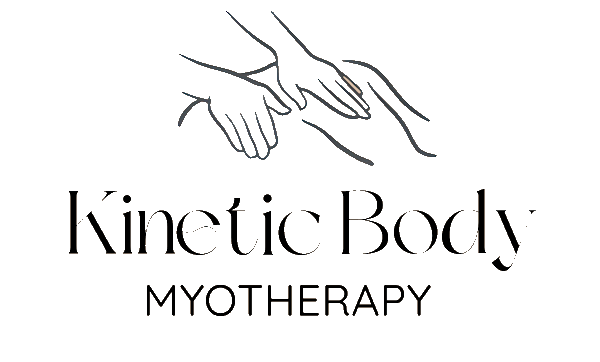What is the difference between Myotherapy and Remedial Massage?
Understanding the Difference: Myotherapy vs. Remedial Massage
When it comes to addressing muscular pain, tension, and dysfunction, there are various therapeutic approaches available, each with its own unique benefits and techniques. Two commonly sought-after modalities are myotherapy and remedial massage. Let’s explore the differences between these two practices to help you better understand which option may be best suited to your needs.
Myotherapy:
Myotherapy is branch of manual therapy dedicated to assessing, treating, and managing musculoskeletal condition. Myotherapists employ a range of hands-on techniques, including deep tissue massage, trigger point therapy, myofascial release, dry needling, joint mobilization, and tailored corrective exercises. This holistic approach aims to identify and address the root causes of muscular pain and dysfunction, empowering clients to achieve long-term relief and optimal musculoskeletal health.”
Key Features of Myotherapy:
Assessment: Myotherapists conduct thorough assessments to identify the underlying causes of musculoskeletal pain and dysfunction. Treatment Techniques: Myotherapy incorporates a variety of hands-on techniques, including deep tissue massage, trigger point therapy, myofascial release, dry needling, joint mobilization, and corrective exercises. Holistic Approach: Myotherapy takes a holistic approach to wellness, addressing not just the symptoms but also the root causes of muscular issues. Education: Myotherapists educate clients about their condition and provide guidance on self-management strategies to promote long-term health and well-being.
Remedial Massage:
Remedial massage is a form of therapeutic massage that aims to alleviate muscular pain, tension, and dysfunction by targeting specific areas of the body. Remedial massage therapists utilize various massage techniques, such as deep tissue massage, trigger point therapy, and stretching, to address muscular issues and promote relaxation.
Key Features of Remedial Massage:
Targeted Relief: Remedial massage focuses on specific areas of tension and discomfort, providing targeted relief for muscular issues. Relaxation: While remedial massage primarily aims to address muscular problems, it also promotes relaxation and stress relief. Limited Assessment: Remedial massage therapists may conduct basic assessments to determine areas of concern but typically do not perform extensive diagnostic evaluations like myotherapists. Treatment Techniques: Remedial massage therapists primarily use massage techniques to alleviate muscular pain and tension.
Both myotherapy and remedial massage offer valuable therapeutic benefits for addressing muscular pain, tension, and dysfunction. By understanding the differences between these two modalities, you can make an informed decision about which approach aligns best with your goals and preferences.

